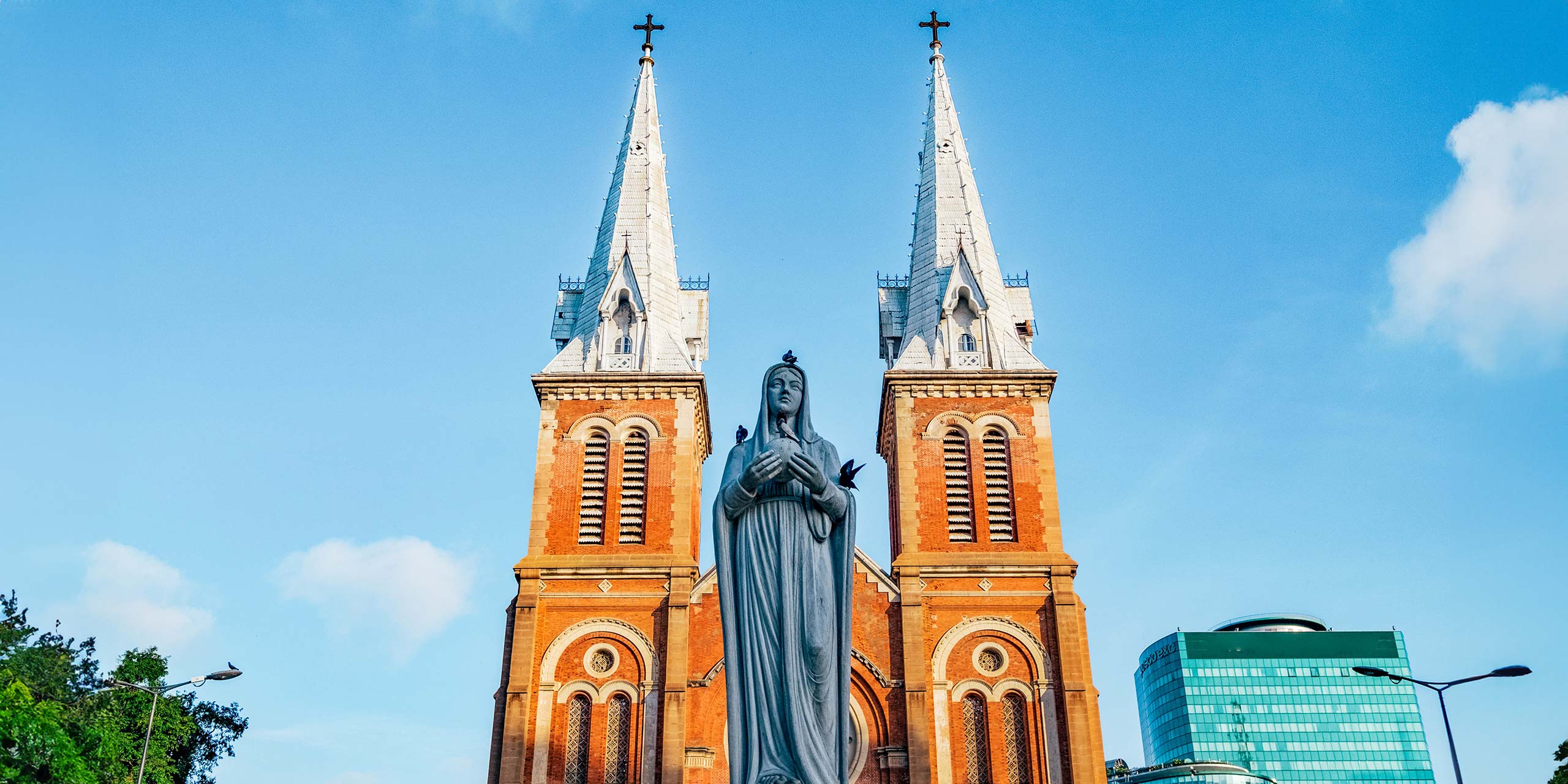
Ho Chi Minh City and Hanoi are two of the fastest-growing urban areas in Southeast Asia, with skyscrapers sprouting by the week. Contrasted against these glimmering, steel-and-glass towers are genteel relics from Vietnam’s colonial era.
Notre Dame Cathedral – (HCMC)
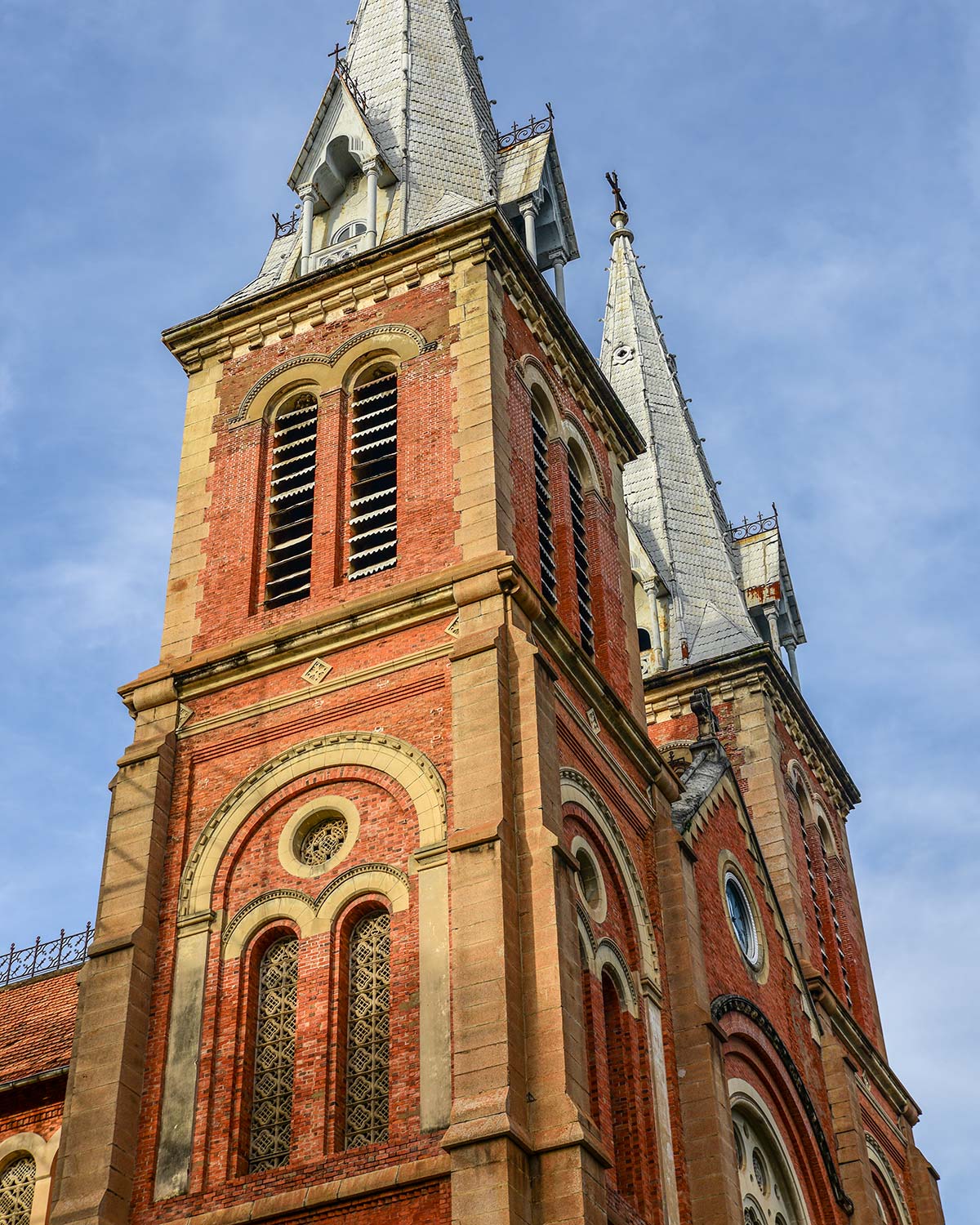
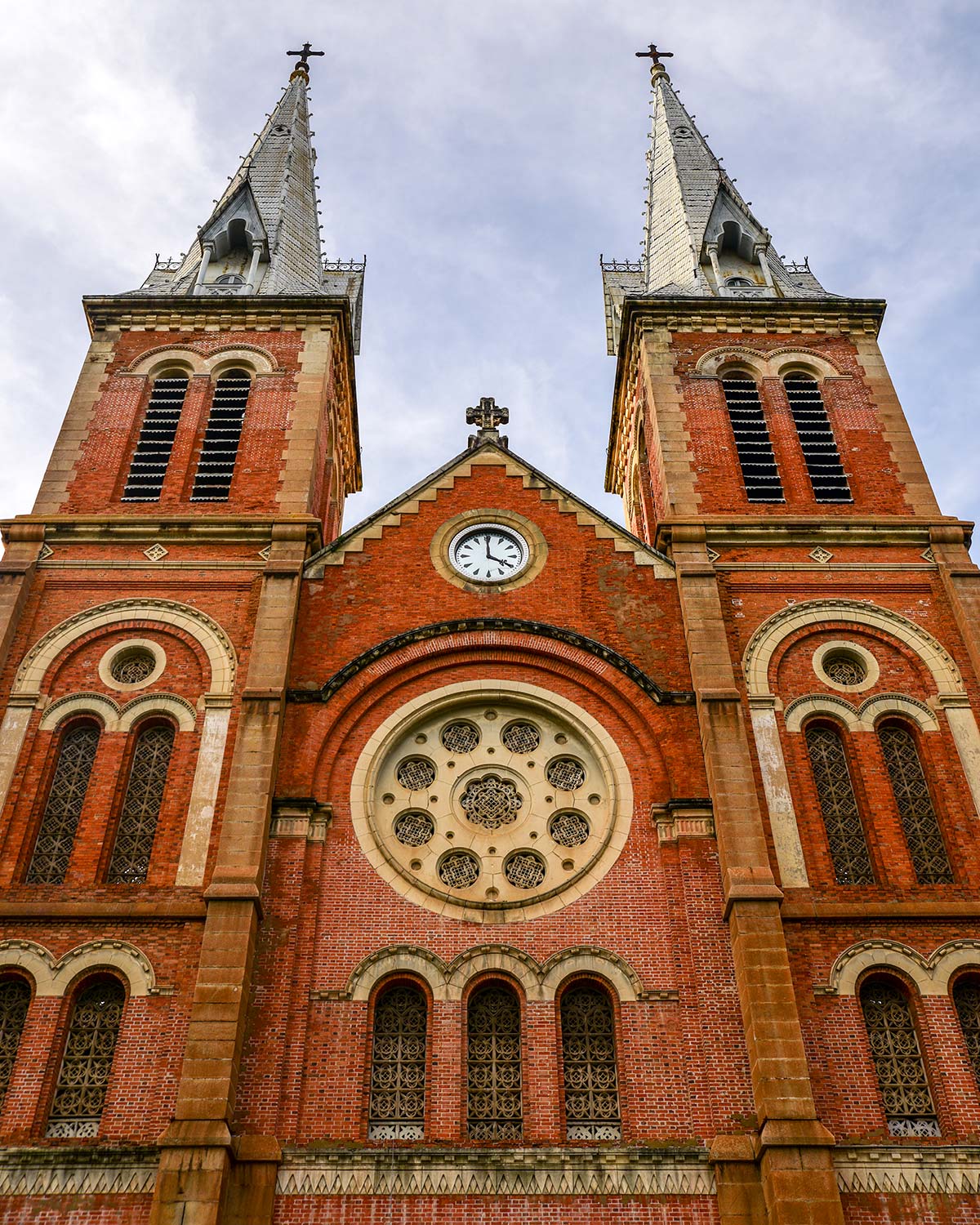
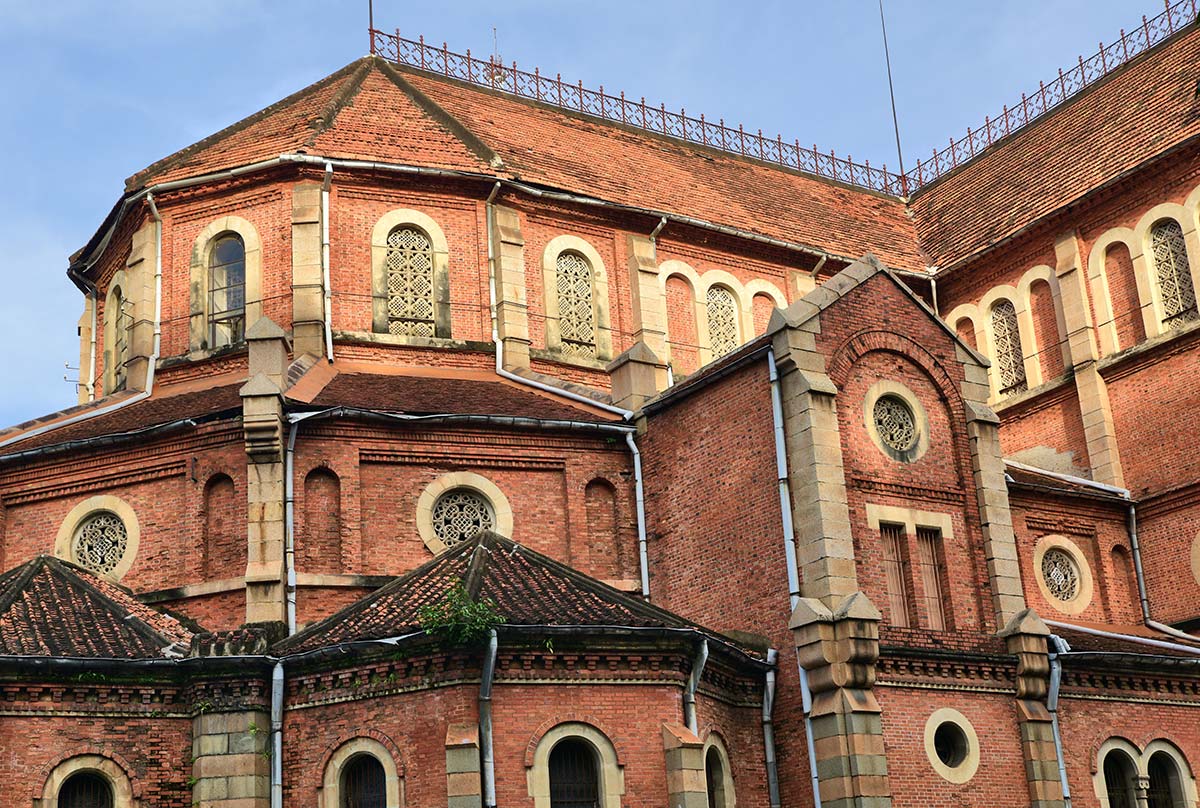
Vietnam has many attractive churches, from Da Nang to Da Lat. None, however, match the immensity of Notre Dame Cathedral in Ho Chi Minh City. When the French built this neo-Romanesque church in the 1880s, they made a grand statement.
Every one of its orange-hued bricks was imported from France, which was no minor feat because this is a giant structure, topped by a pair of bell towers which once soared above the city’s skyline at 60m in height. Even though Ho Chi Minh City now has endless high rises, this historic cathedral continues to cut an imposing figure.
St Joseph’s Cathedral – (HANOI)
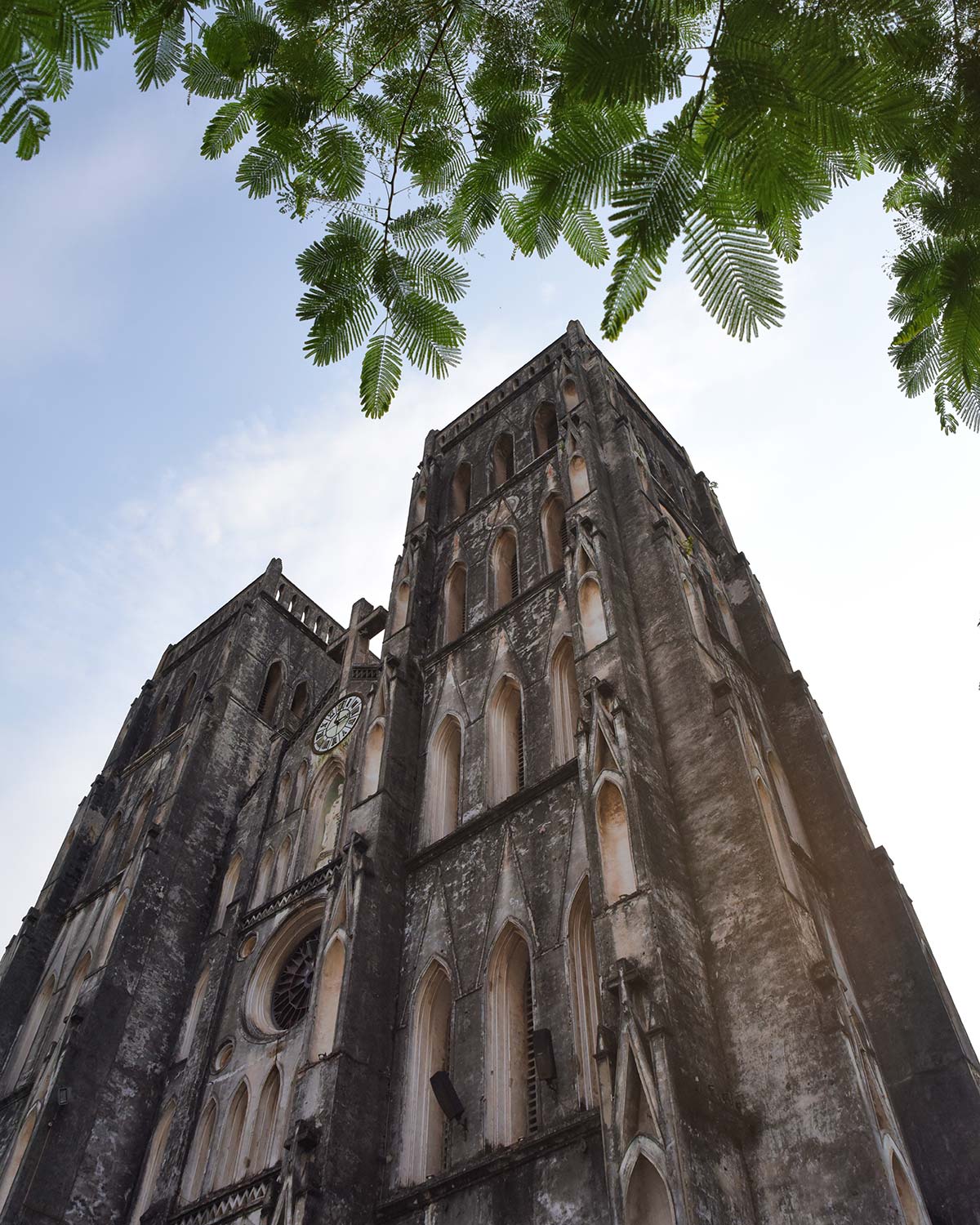
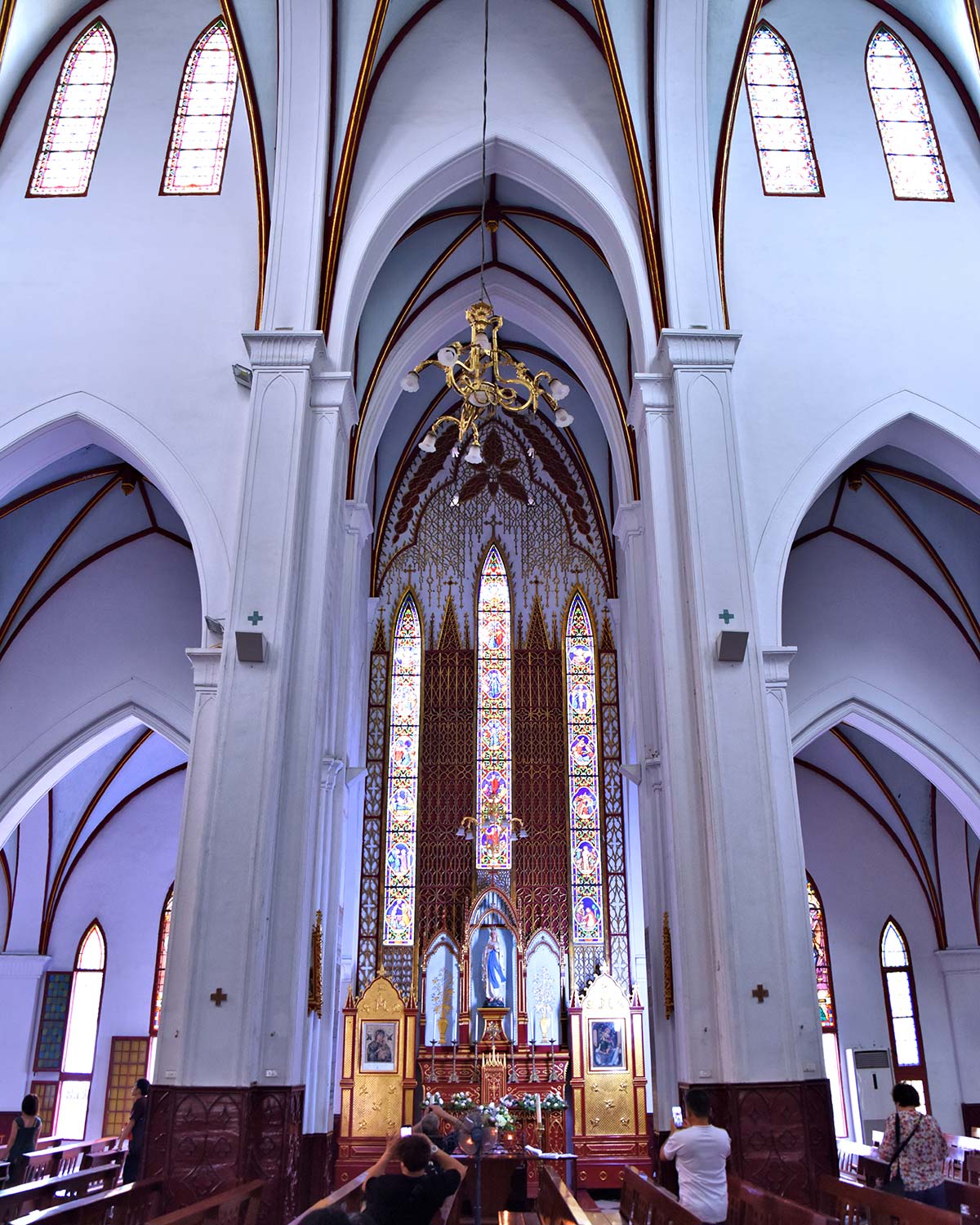
Hanoi is perhaps my favourite city in all of Asia and on each of my many visits there, I’ve stared at this building for at least half an hour. Not just because it’s a majestic sight. But also due to the fact that I always stay nearby, on the western side of Hoan Kiem Lake, and that opposite this cathedral are several great cafes where I love to sit, sip and people-watch.
There often is a wedding or fashion photo shoot occurring outside this picturesque church. Constructed by the French in 1886, its Gothic Revival style gives it a similar appearance to Paris’ famed Notre Dame, albeit smaller and less magnificent. Regardless, it is the prettiest and most important church in northern Vietnam.
Saigon Central Post Office – (HCMC)
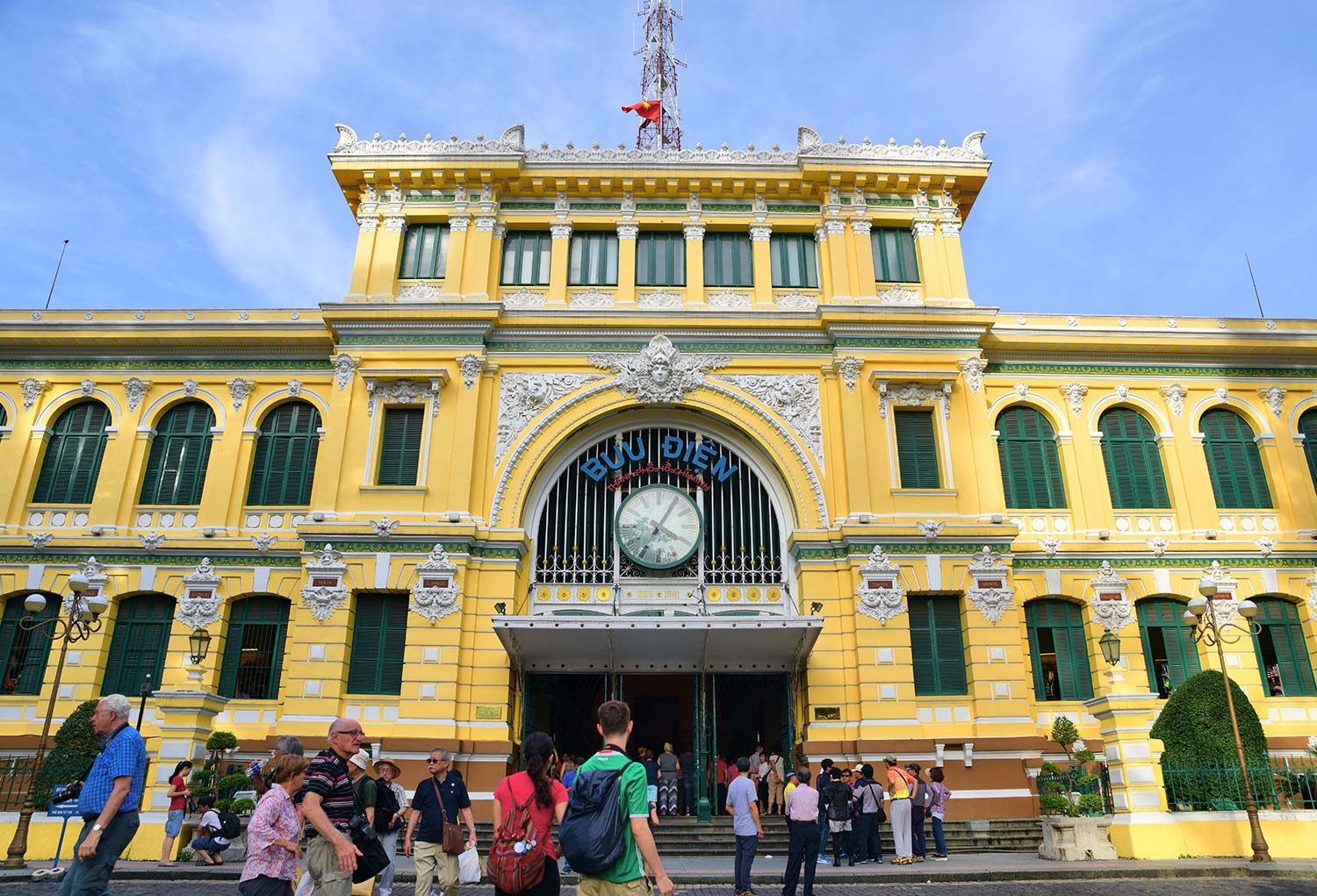
Heading to the post office not only feels like an archaic activity but also not one to feature heavily on a travel bucket list. Yet, if anything, Saigon Central Post Office is only becoming more popular with tourists. That’s not based on any official visitor figures, but rather judged by my multiple visits spread over 15 years.
On recent trips, I noticed it was decidedly more crowded. And I believe that’s because its striking interior is tailormade for photography, which is a magnetic attribute in our social media-dominated era. Influencers now jostle for the best angle in front of the distinctive white, gold and green barrel-vaulted ceiling set against a giant painting of Ho Chi Minh. Don’t let that put you off though. This 1880s French building is a masterpiece.
Hanoi Opera House – (HANOI)
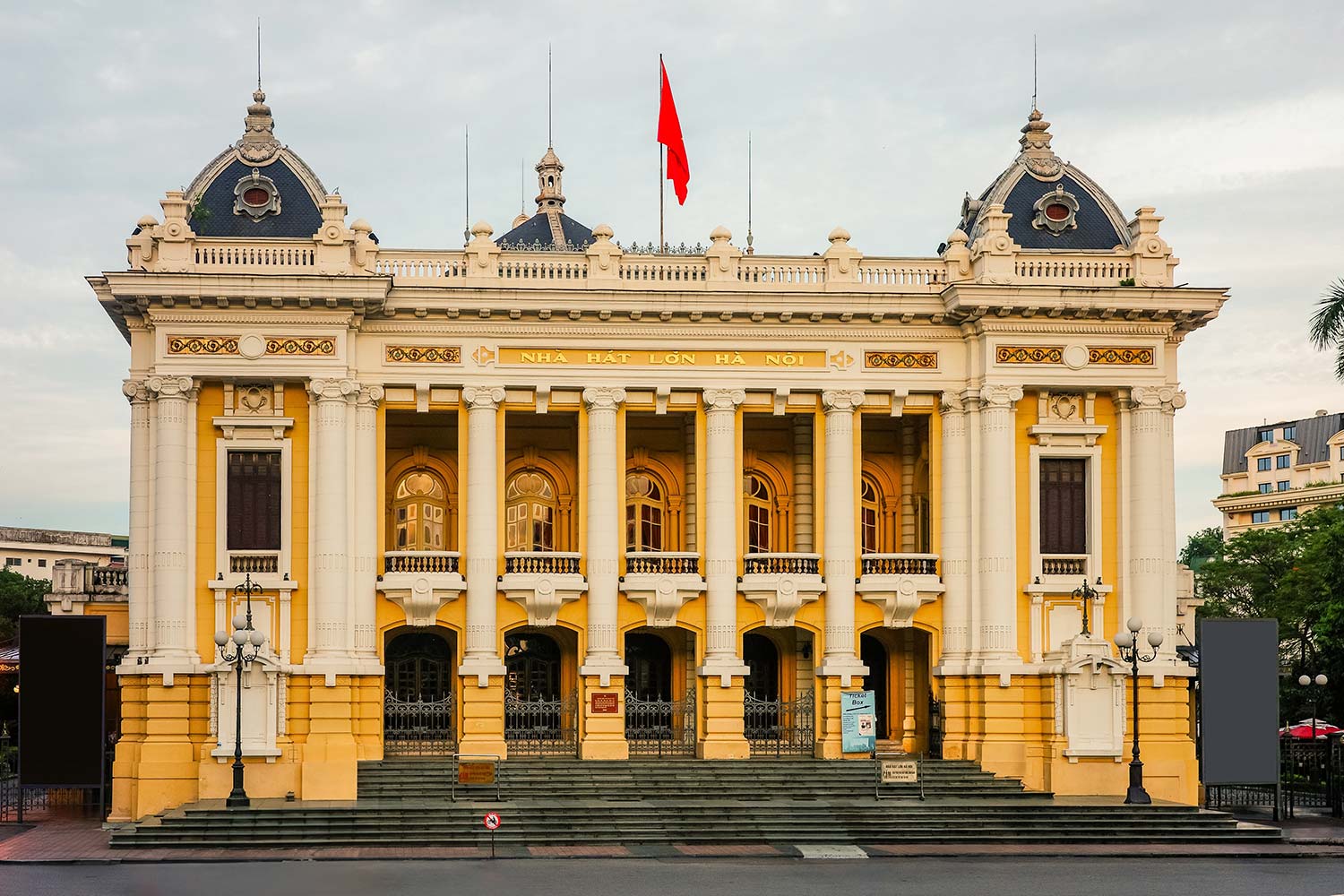
Hanoi has dozens of outstanding French buildings, the greatest cluster of which is directly to the south-east of Hoan Kiem Lake. Were it possible to momentarily erase the swarms of motorbikes, you could almost believe you were in Paris while standing in this district’s August Revolution Square.
Flanking it in every direction are graceful French constructions, the star being the Hanoi Opera House. Some of this city’s colonial architecture is decidedly faded in grandeur, but this building is sublime. Behind the nest of pillars that mark its entrance, this 1911-built opera house regularly hosts ballets, musicals, stage plays, and of course operas. One of the few Hanoi experiences I’m yet to tick off is getting suited and booted to attend a classy production at this timeless venue.
Vietnam National Museum of History – (HANOI)
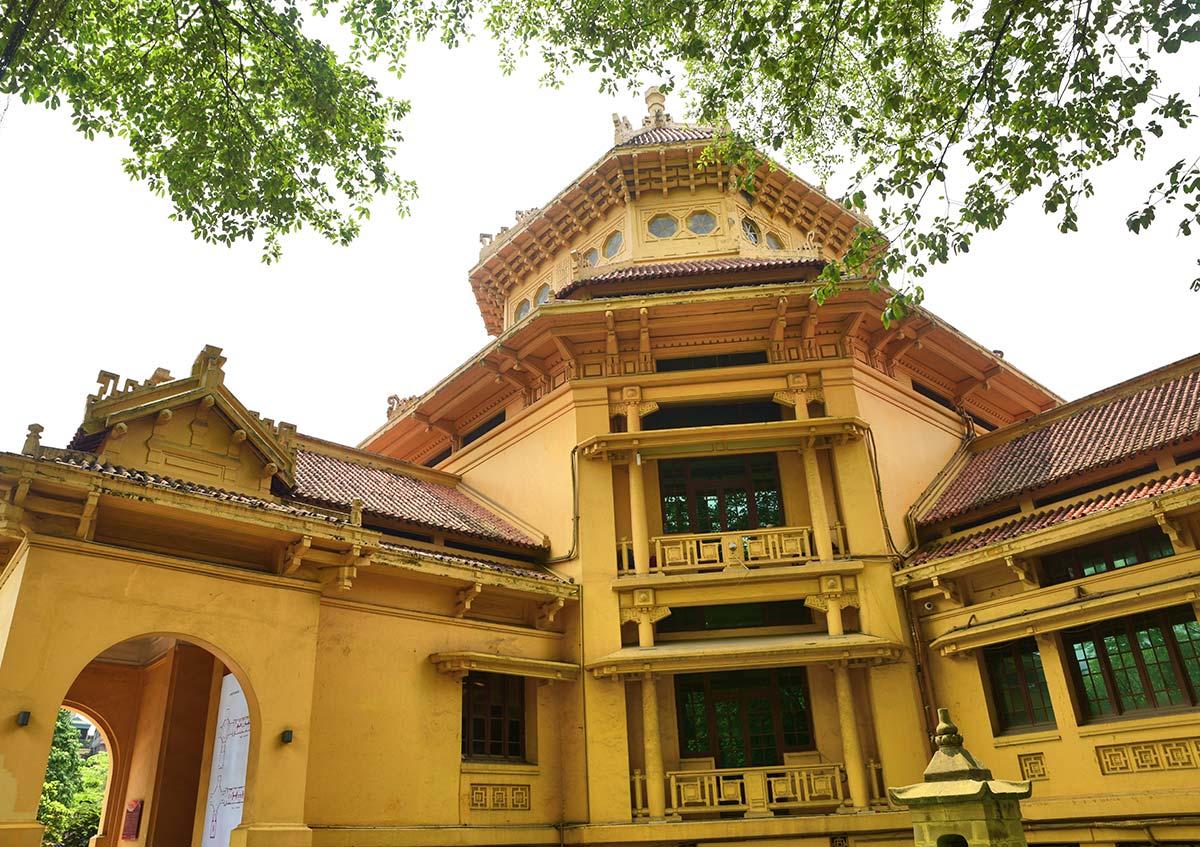
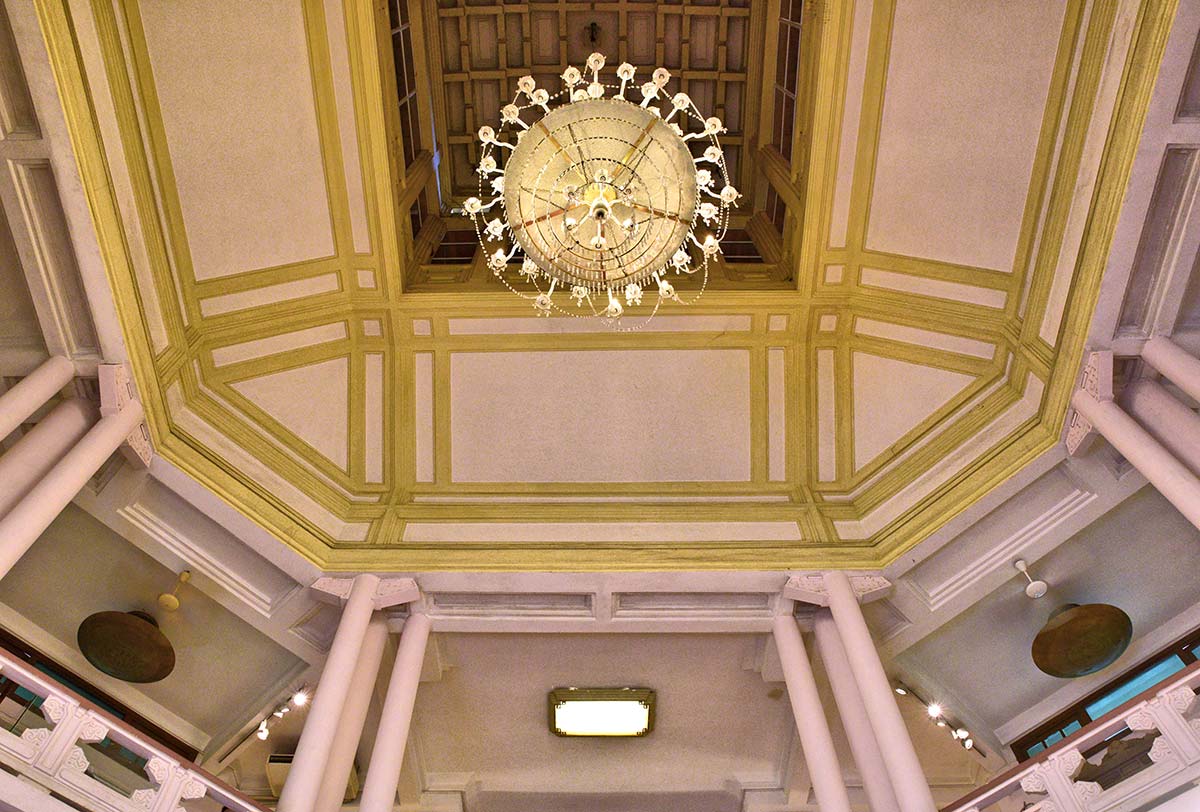
Just behind the Hanoi Opera House is another French jewel which also has a key role in the city’s cultural scene. This eye-catching, deep-yellow building houses the large Vietnam National Museum of History. Originally built as an archaeological research facility, by the French in the 1920s, it decades later was converted into perhaps the country’s best history museum.
A curious visitor easily could spend an entire day wandering its attractive halls and perusing its exhibits, which draw from a massive collection of more than 200,000 objects. They include an array of artefacts from as far back as Vietnam’s early Paleolithic age.
My favourites though, are the dazzling ceramics, which are sourced from Vietnam, Japan, China and India. Beyond these artworks, visitors can also learn the timeline of Vietnam’s modern history thanks to a sequence of informative displays.
Ben Thanh Market – (HCMC)
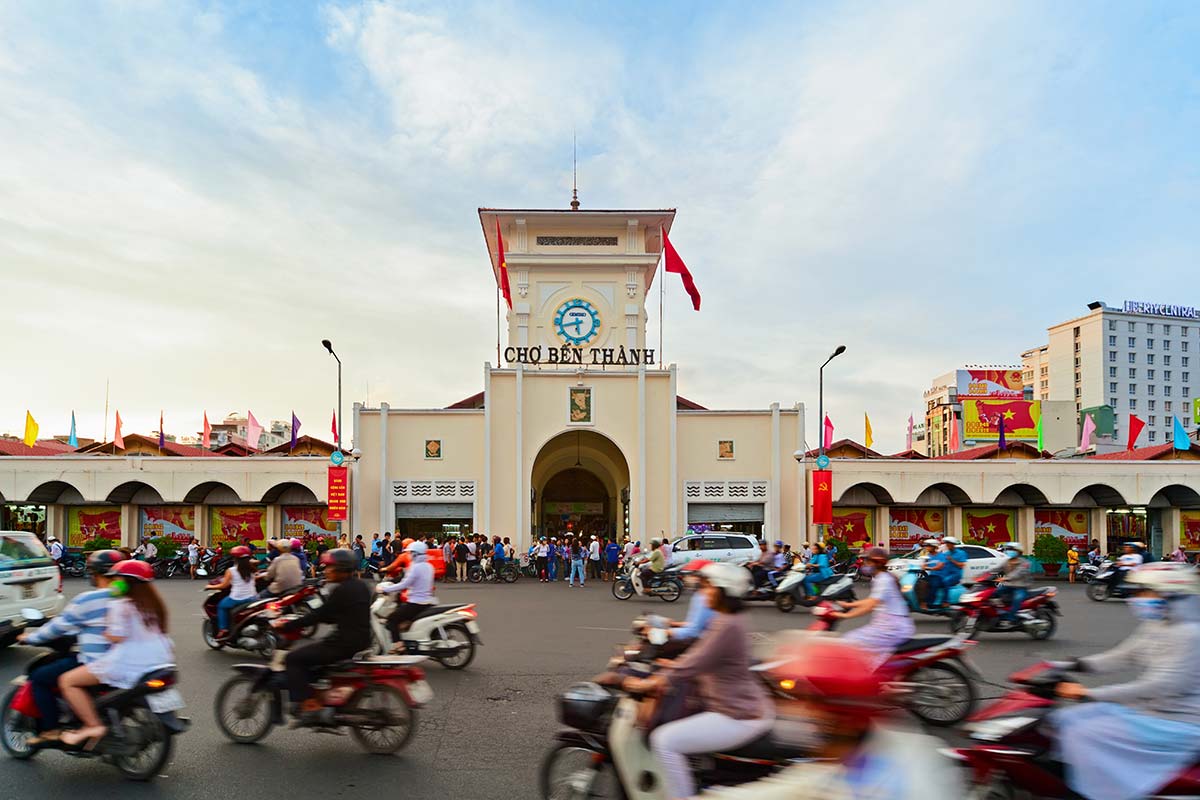
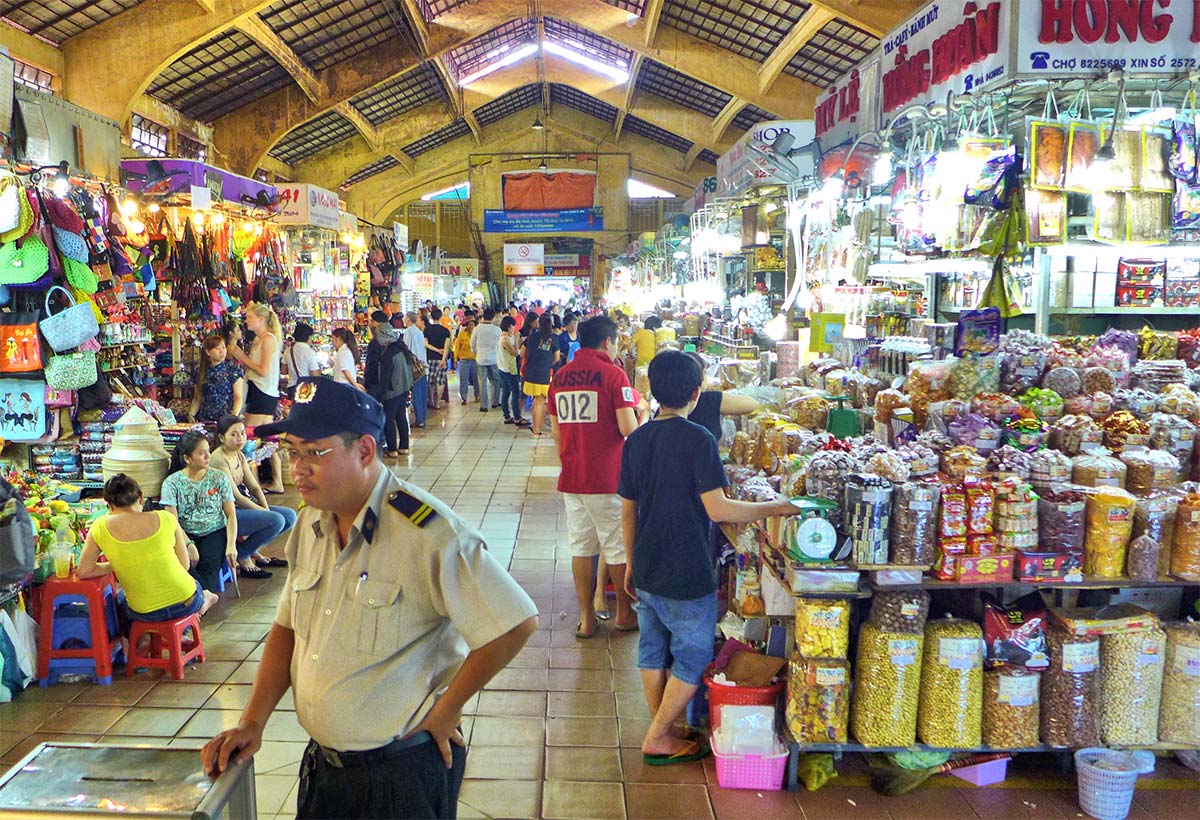
On one hand, it is among the most beautiful markets in Asia, a graceful example of Indochinese architecture, which neatly blended French and Asian design principles. Ben Thanh’s sleek, low-slung exterior gives way to an equally attractive interior.
What blights all of this, however, is its atmosphere. In all of Vietnam, this is the place I’d guess a tourist is most likely to get scammed or pickpocketed. My favourite place to shop in all of Southeast Asia is nearby – the Russian Markets, where vendors are polite, trustworthy and never pushy.
By comparison, Ben Thanh brims with more sharks than the Indian Ocean. Many of its vendors are cold and quote prices five times higher than in the Russian Market. Not to mention the shady men that flow through the crowd looking to thieve whatever they can. Ben Thanh is a magnet for questionable characters. So admire the architecture briefly, and then head to any other bazaar in this city to give your business to more pleasant vendors.
